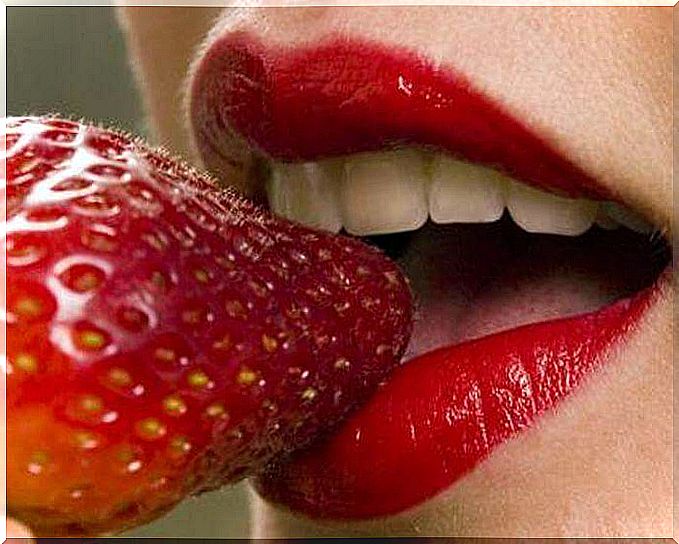How We Perceive Flavors

Studies almost always analyze what our mind does when we see something or when we listen, but they tend to forget what happens to taste and flavor. What happens when we put a fruit, a dessert or a snack in our mouth? It is also good to know that there is what is called “multisensory perception”, that is, when more than one sense is involved in a sensation. Thus, for example, it is known that people with glasses on hear better, even if it seems that it has nothing to do with it.
Perception is dominated by sight. Scientists have shown that vision can be combined with the other senses depending on the stimuli it perceives, since if they are captured individually they are weak or ineffective. If instead the eyes appear on the scene, the stimuli lead to more intense or multisensory experiences.
This helps to explain why the food or drink has a certain flavor and also why a taste that is pleasant to one person is not to another, even if they are from the same family or live together. The perception of taste interests many. In the case of philosophers, lovers of knowledge want to find out whether taste should be considered separately or together with the other senses.
Most of us (if not all) have a hard time distinguishing between tastes and smells well. That is why when we have colds and we have a stuffy nose, we cannot appreciate the taste of the food we eat. The reason for such confusion may then reflect that there is a kind of synesthesia between both senses.
In turn, the multisensory effect would be linked to personal experience, on the one hand, and culture, on the other. If you eat an almond first and then a little sugar, the flavor of the dried fruit is enhanced. For this to happen, the test participants must be people who were born in a country with a strong tradition of combining both ingredients, such as in Europe, due to marzipan or chocolate with almonds.
If the same happens in a person who was born in Japan, they will immediately associate the almond with the salty taste, because many dishes are used by mixing both ingredients, not with sugar. The brain then knows how to combine tastes and smells, taking into account which foods are or were part of our diet.
Also interesting to note is what the researchers call the “ventriloquist effect.” The doll “speaks” by moving its mouth even though it is actually a person who handles it, even though we cannot be aware of it. This can help us understand a little better why we perceive flavors in the mouth and not in the nose, which is where the perception of taste originally originates.
The ventriloquist effect is already revolutionizing gastronomy. For example, the menu of the restaurant Heston Blumenthal, offers an egg and bacon ice cream. It seems a bit strange because we always associate ice cream with sweetness, but it is an experiment and a more than interesting test.
The flavors of both ingredients are in the same ball and were combined in the mouth, so you couldn’t tell which was which. But everything changes when the customer eats a piece of crusty fried bread. In reality, this piece does not change the flavor of the dish, but it does realize which are the two flavors of ice cream.
So the flavor of the bacon suffers a ventriloquist effect, as the taste remains inside the crusty bread. For its part, the egg flavor is perceived later, when it melts with the smooth texture of the ice cream.









